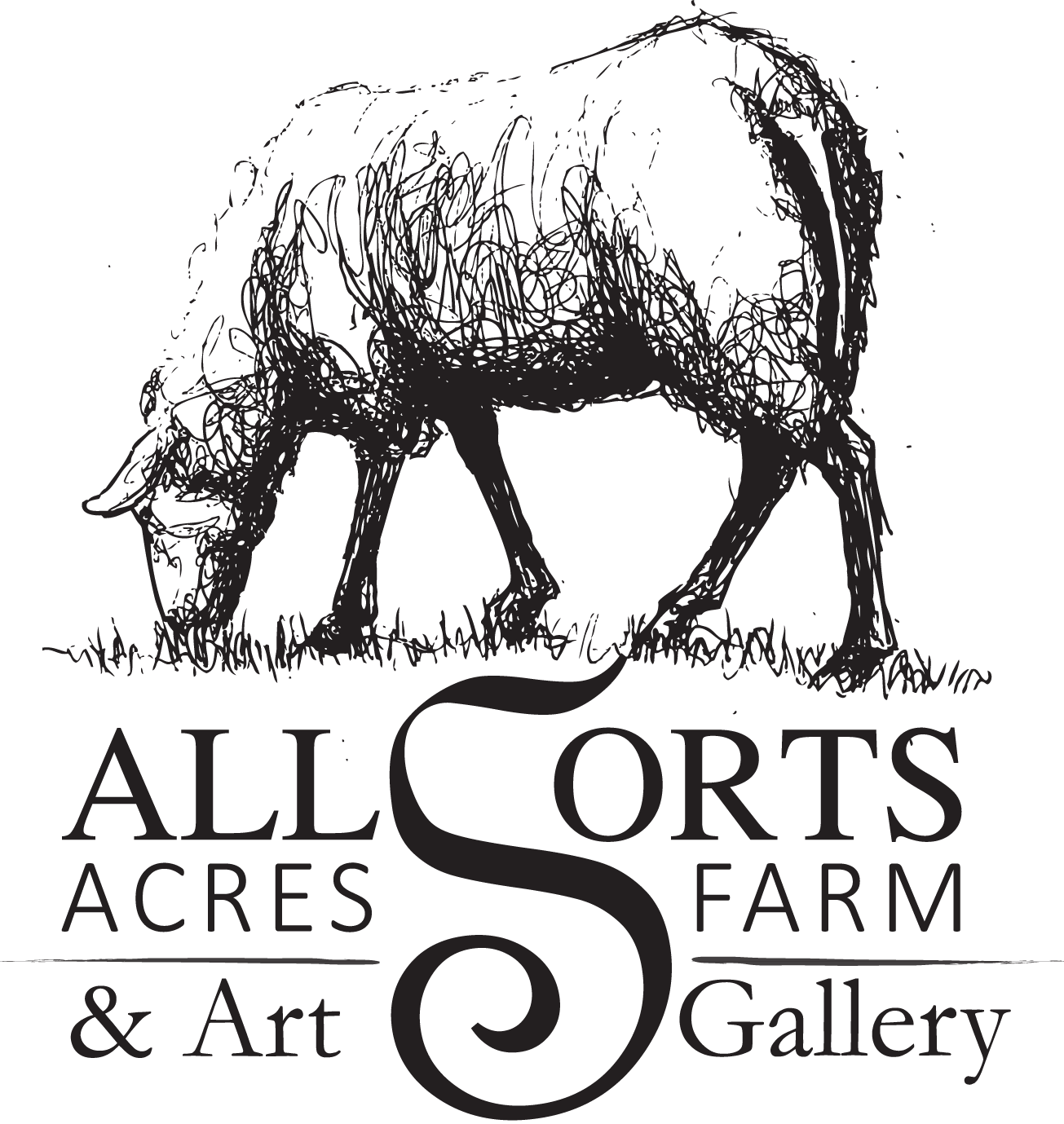Snow arrived in full force this week. Many things changed in a moment,

turning our entire landscape into a postcard. Fizz Buzz tought this was great fun, although Nibbles wasn't so sure. Being a short-haired terrier, she isn't crazy about cold weather.

With all the leaves now gone from the tree branches, it's a chance to see things we normally can't. With no leaves to obscure, it's easy to see some of the damage on a Rowan, or Mountain Ash trunk. I'm unsure of who caused it. My best guess is either a Yellow Bellied Sapsucker, or a Northern Flicker. Both do similar looking damage, but for different reasons. The Sapsucker is searching for tree sap to feed upon. The holes they make can be used by many other animals to feed from including hummingbirds. The Flicker is searching for insects, often targeting insect infestation on trees that are already struggling.
This day I also needed to harvest some branches for bundles of greenery. These branches from our burgeoning willow coppice, while trimming fences, and cutting back branches over pathways.

Bundles are a mix of spruce (short needles), white pine (long feathery needles), yew (short dark green needles), willow (yellow), and red dogwood. The willow branches range from reddish with galls (pine cone looking balls caused by the gall midge) on them, to yellow. The gall actually change the colour of the willow branches.
If possible cedar will be included, but so far most of the cedar trees we have looked at clearly suffered some stress during the past year as they have brown tips. Of course, I haven't gotten around the entire fence line yet.
Cutting branches this time of year feels like a very ancient task. As out hedgerows and coppice grows, more of this harvest will take place.

Making is a large part of my week. It goes from processing milk and making cheese, to picking and carding wool. This week making insoles and felt balls has been the priority. The process of making these things all begins with the washing, picking and carding of the wool. Once the wool is made into bats, it can be made into different items from yarn to dryer balls. It's satisfying to know that all this can take place on farm.
Back to carding wool!

